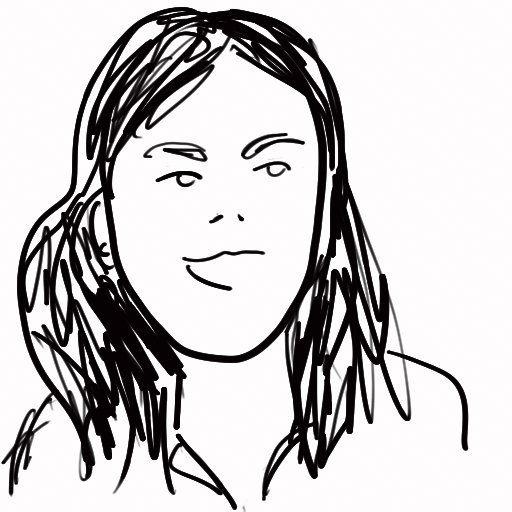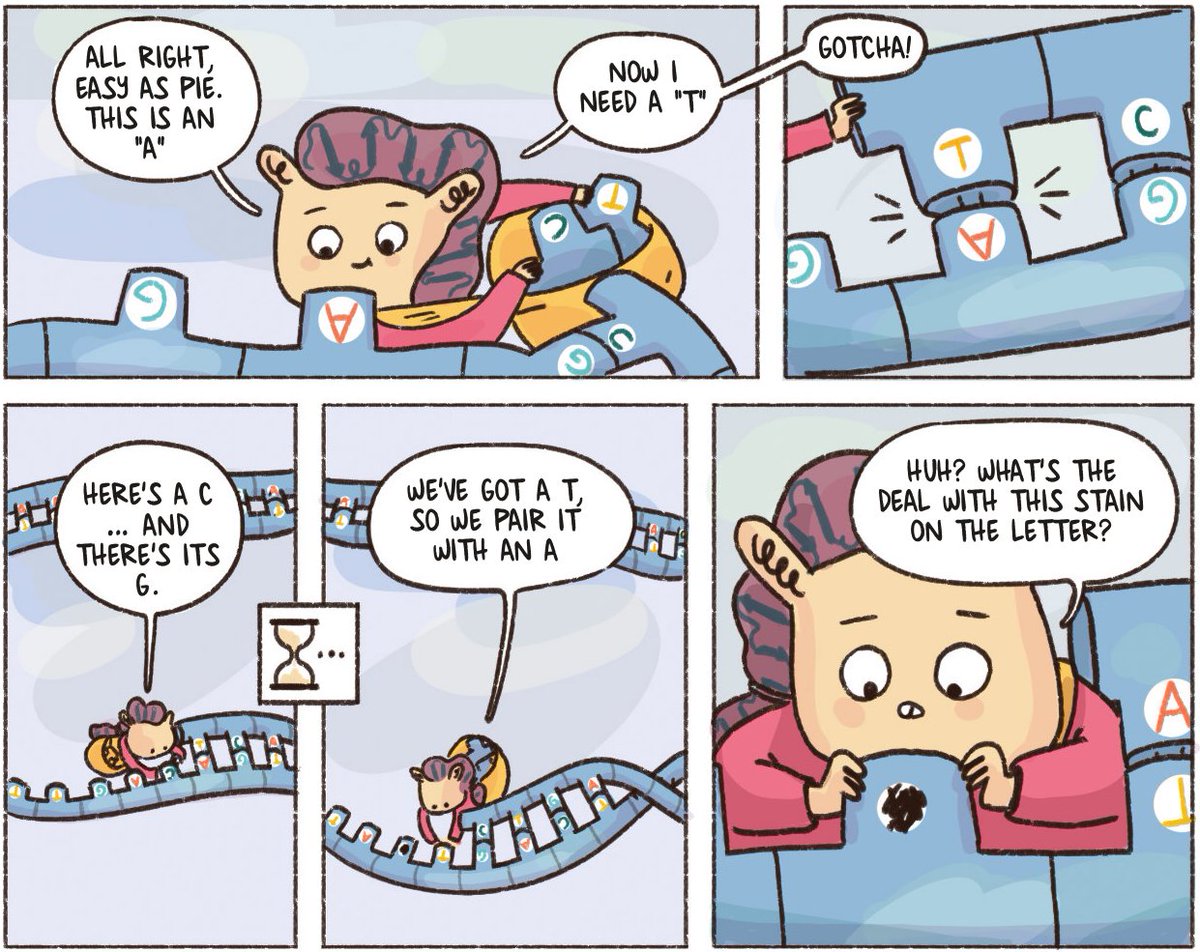
Claudia Arnedo Pac
@clarnedo
Followers
458
Following
2K
Media
17
Statuses
302
Computational biologist | Postdoc @aitken_lab @MRC_TU working in genomics & pathomics in cancer and human disease
Cambridge, UK
Joined December 2017
We’re very happy to see this finally out! “Hotspot propensity across mutational processes” with @fmuinos @abel_gonzalezp @nlbigas @bbglab @IRBBarcelona Can mutational hotspots help to study the mutation rate variability at single-nucleotide resolution? -->
6
16
63
The genomic landscape of 2,023 colorectal cancers is out! I’m very grateful to have collaborated with such a great team on this massive project! Check all the findings here -->
Another day, another publication 😎.We are extremely pleased to share our analysis of #colorectal #cancer whole #genomes in @GenomicsEngland now published in @Nature.
1
8
29
This comic is the result of a wonderful collaboration with science illustrator @ClaudiaFlandoli and @S_J_Aitken @aitken_lab @sophtalkssci at @MRC_TU @Cambridge_Uni I’m super happy and thankful to have worked on this! 5/6.
1
0
4
A story that builds upon #LesionSegregation findings from the @LCE_Consortium @S_J_Aitken @mst_paralogue @odom_lab @PaulFlicek @nlbigas @bbglab @DrColinSemple & many others! 4/6.
1
0
2
RT @AMathelier: Looking for a postdoc in my group .@NCMMnews @NordicEMBL @UniOslo_MED @unioslo_mn @unioslo_bioinfo to enhance computational….
0
25
0
RT @IRBBarcelona: 🧬Hotspot propensity across mutational processes. 📰@MolSystBiol-@EMBOPress. ✍️@clarnedo @fmuinos @abel_gonzalezp @nlbigas….
0
3
0
RT @MolSystBiol: The propensity of #mutationalsignatures to leave mutational hotspots serves as an estimate of the variability in their mut….
0
5
0
As well as funders including @ERC_Research @CienciaGob @FundlaCaixa @BecariosFLC @ContraCancerEs @IRBBarcelona @iCERCA.
1
0
2
Thanks to everyone who supported our work, specially patients, families and researchers who shared and made available all the data used in our study #PCAWG @HartwigMedical @cbioportal @StJude #TARGET and others.
1
0
2






